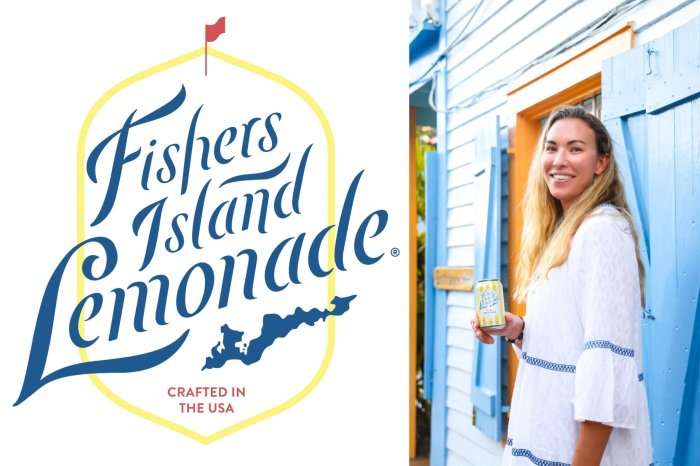OpEd: Put Neonic Pesticides on Long Island’s Spring Cleaning List
Summertime brings sunshine, warmer weather, and fresh color as blooming flowers return.
It also brings plenty of pesticides — including neurotoxic neonicotinoids (“neonics”), the most popular insecticides in the world and those most commonly found in Long Island’s aquifer. Legislation now pending in Albany — the Birds and Bees Protection Act — seizes the spirit of the season by promising to scrub out unnecessary neonic uses that pollute water across New York and, more and more, New Yorkers themselves. To protect the neurological health of future generations, I strongly support the bill.
If you’ve never heard of neonics, they are potent neurotoxins, designed to kill insects by destroying their nervous system. But the nerve sites targeted by neonics — the same as those that respond to nicotine — also appear throughout the animal kingdom, including sensitive areas of the human brain and nervous system. Neonics are designed to kill insects by overstimulating the nervous system. They don’t differentiate between humans and insects.
For this reason, it’s no surprise that the 4,500-plus EPA reports of people poisoned with neonics from 2009-2019 document symptoms associated with a neurotoxic chemical, including muscle tremors, difficulty breathing, memory loss, dizziness, irregular heartbeat, nausea and vomiting, and — more rarely — respiratory failure, seizures, or even death.
Equally worrisome are the threats posed by low neonic exposures that countless New Yorkers experience daily and can be difficult to impossible to avoid. That may be particularly true for Long Islanders — where the neonic imidacloprid remains the most frequently detected insecticide in the aquifer and also appears in tap water in some of Suffolk County’s largest water distribution areas. Neonics also contaminate many foods and cannot be washed off, meaning those who can’t afford to purchase organic food or their own water treatment systems are more vulnerable to exposure.
By whatever route, neonic exposure in New York is rampant — and the numbers don’t lie. An eye-opening study published in Environmental Science & Technology in 2022 of more than 170 pregnant women from New York, four other states, and Puerto Rico found evidence of neonics in the bodies of more than 95% of participants. Levels generally exceeded extensive exposures detected in earlier Centers for Disease Control and Prevention monitoring and rose over the four-year study (2017-2020), suggesting exposure in the general public is also growing.
Widespread and worsening exposures in pregnant women is especially concerning because we know from extensive scientific research on lead and mercury that neurotoxic chemicals — even at minute levels or transient exposures in pregnant women and young children — can cause neurological damage that lasts a lifetime. We also know that neonics easily flow from the mother to the fetus and have been found in babies at birth.
My concern is reinforced by studies linking neonic exposures during fetal development to risk of heart and brain malformations, reduced cognitive abilities, and autism-like symptoms. Preliminary research in adults has also linked neonics in people with memory loss, muscle tremors, decreased testosterone, and lower sperm counts and motility.
While the pervasive population exposure and neurotoxic effects of neonics warrant further study, they also demand action from our elected leaders to protect our health.
Fortunately, New York has an opportunity for meaningful action with the Birds and Bees Protection Act (A3226/S1856). Although more limited than steps taken in Europe and Canada to curb neonic use, the bill would eliminate an estimated 80-90% of the neonics entering New York’s environment every year by eliminating uses that extensive Cornell University research finds are unneeded or easily replaced with safer alternatives. This includes the countless applications of neonic lawn and garden products all over Long Island, which in addition to contaminating local water also pose considerable risks of direct childhood exposures.
As a scientist — and the mother of a child who has a neurodevelopmental disorder — I am highly concerned about the presence of this neurotoxin in our environment and the effects that it is having on our children. I strongly support the Birds and Bees Protection Act and the need to rein in neonic pollution. I encourage you to call your state elected officials and let them know you support it too.

































